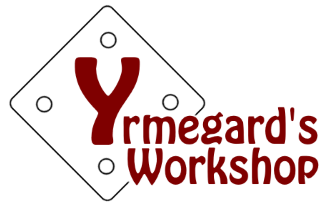Narrow diagonals: almost done
The weaving is finished. The end on the belt on the loom: The narrowing end is done and pulled tight for density: The excess warp is pulled together to form a flat tassel: Just the finishing touch remains – need to find the most suitable …












